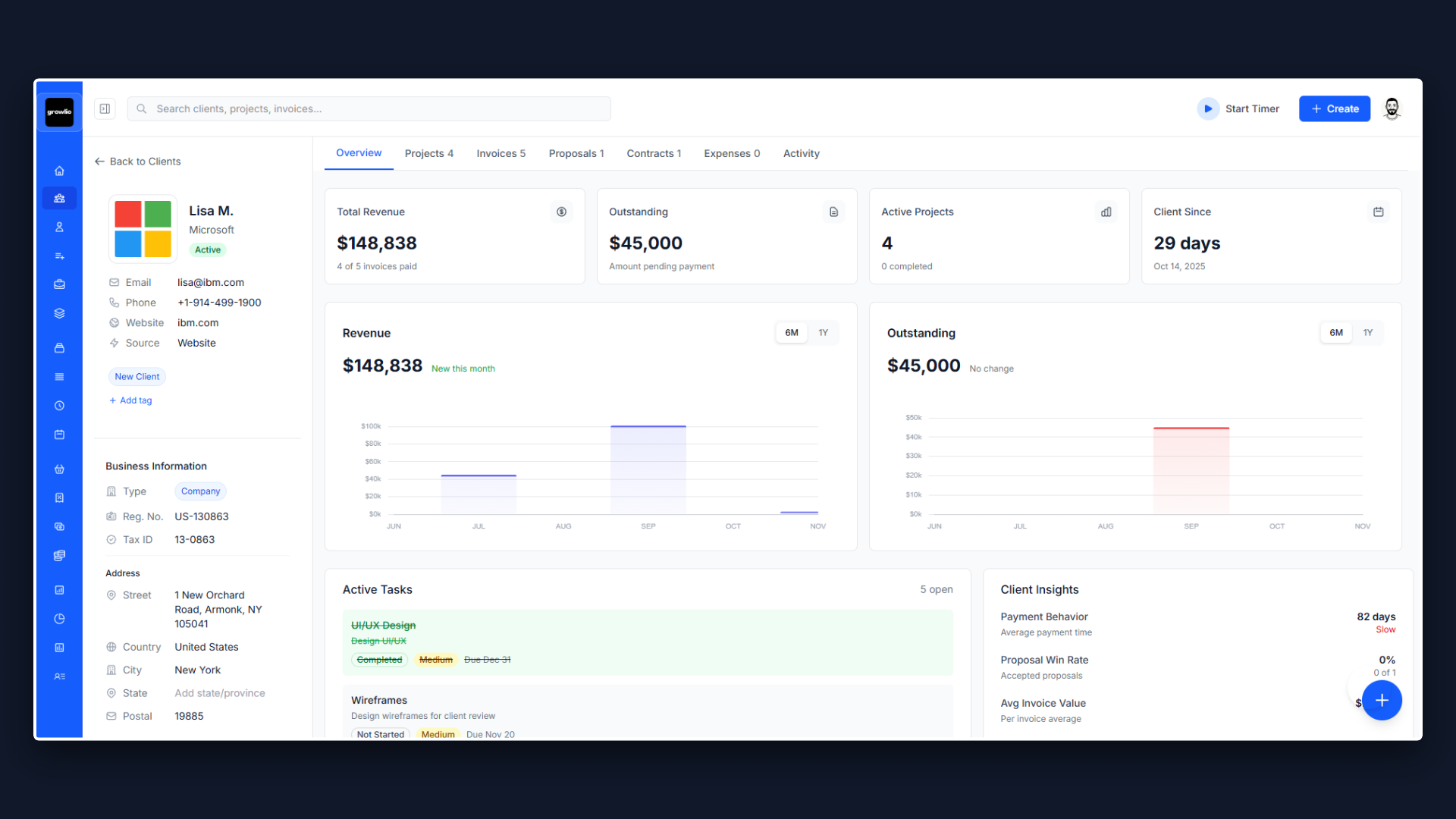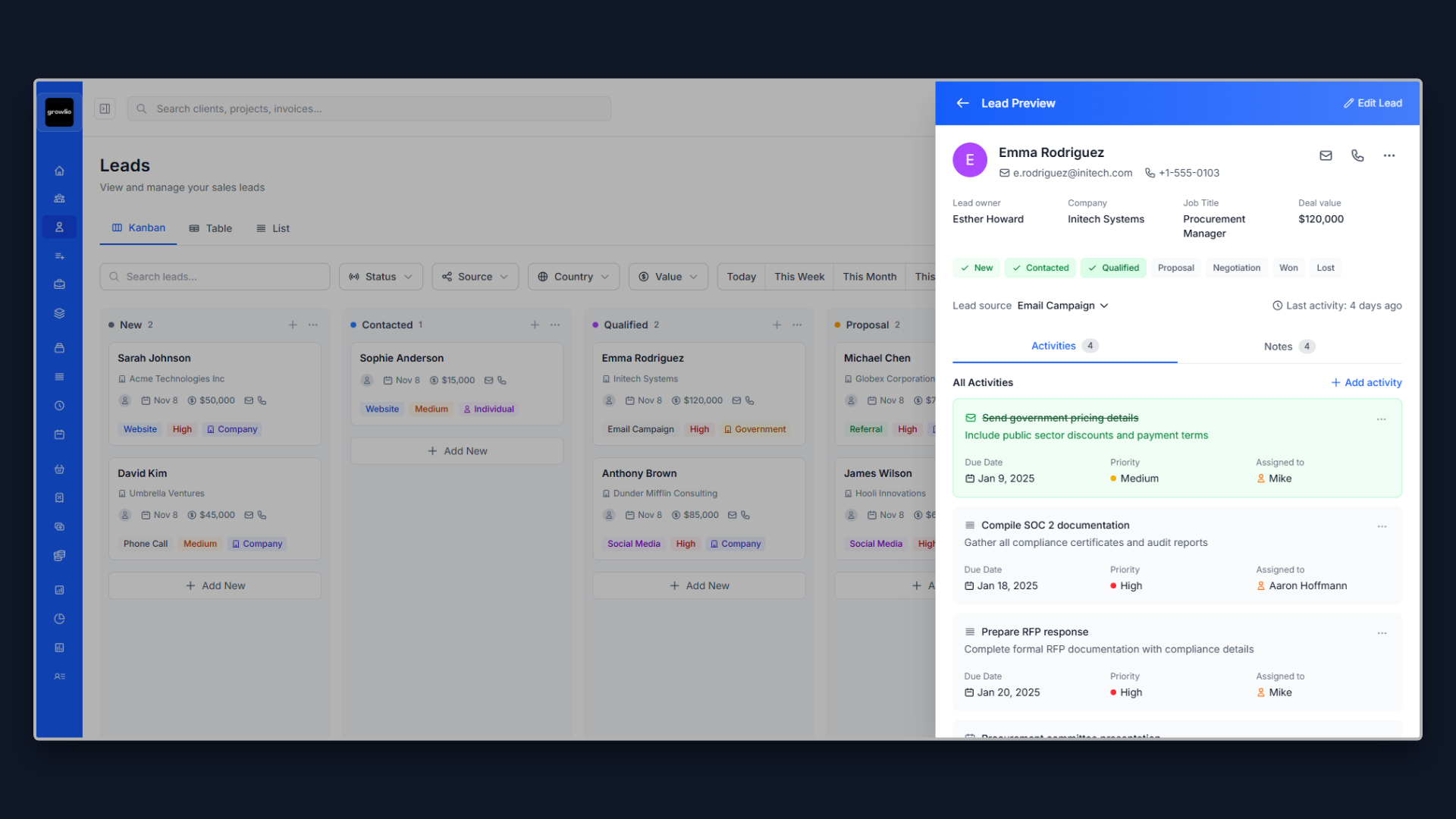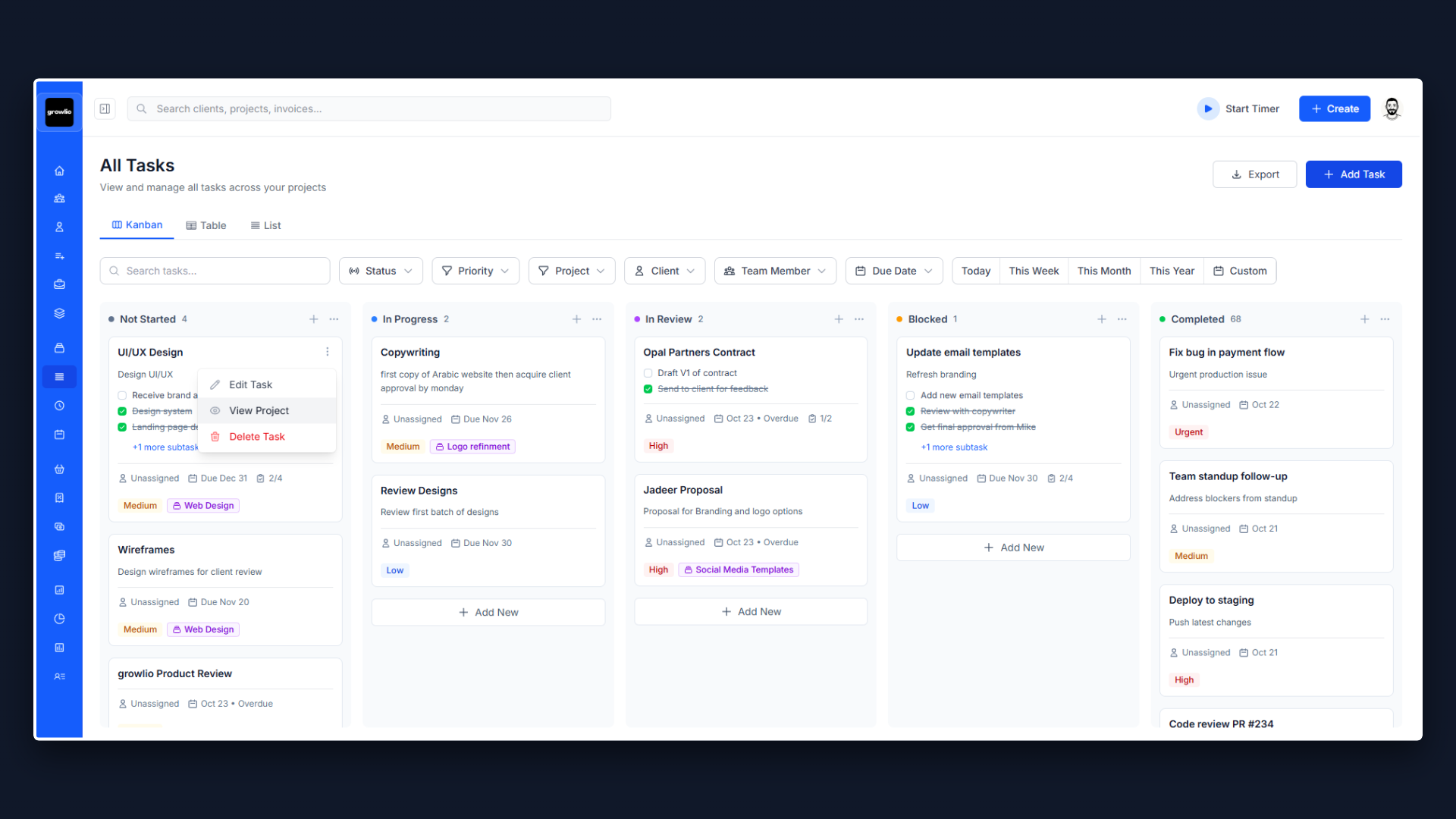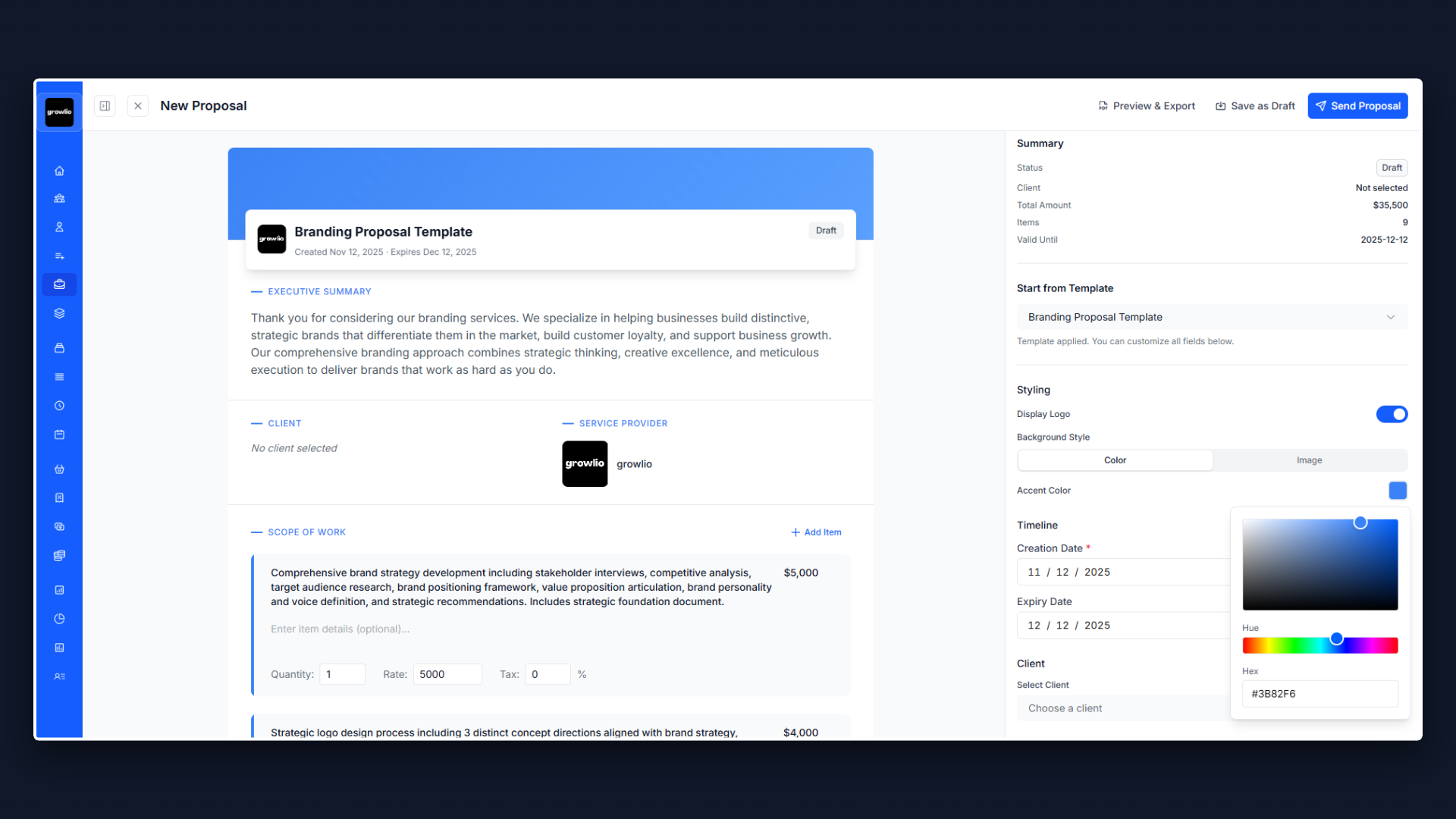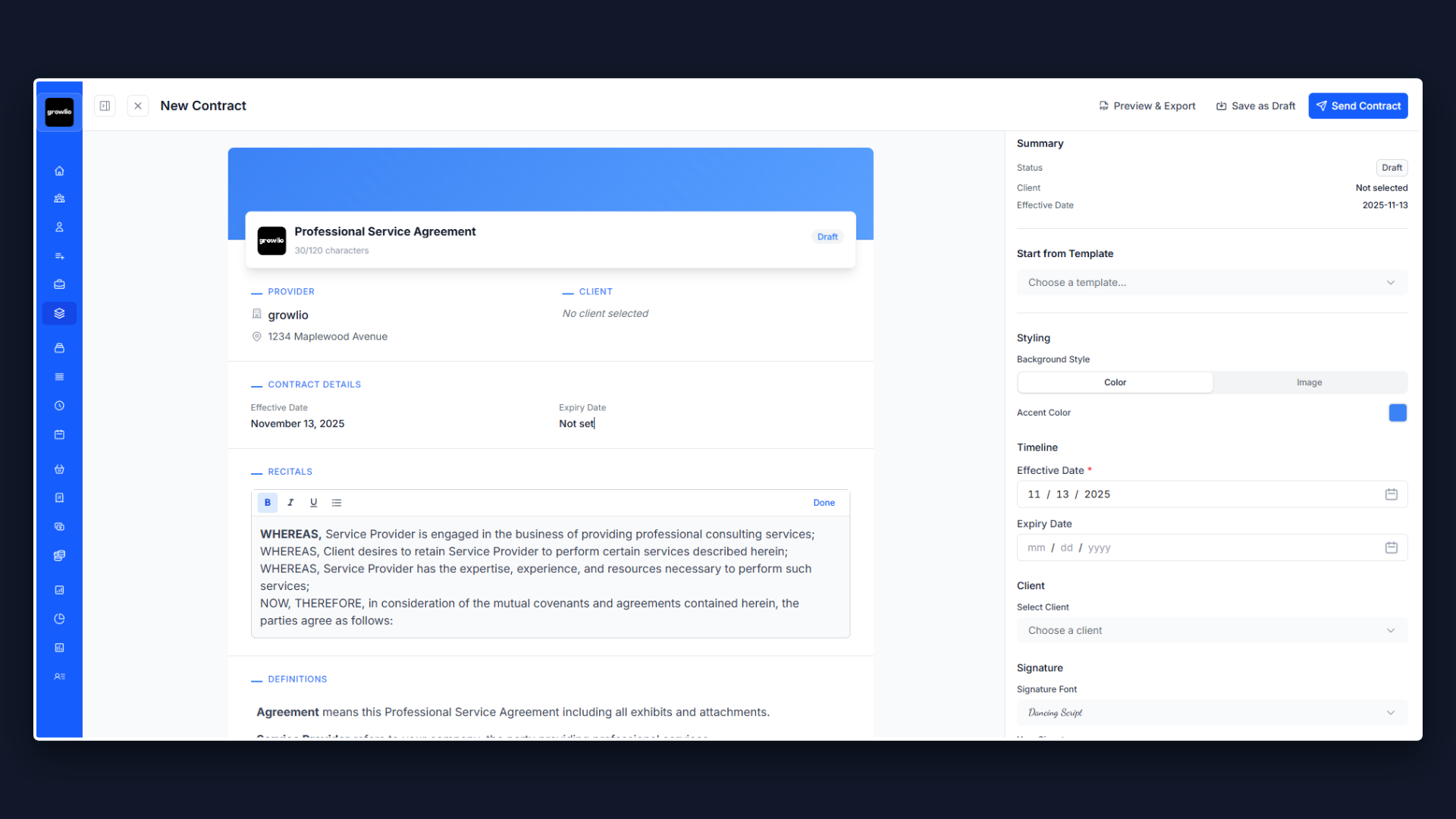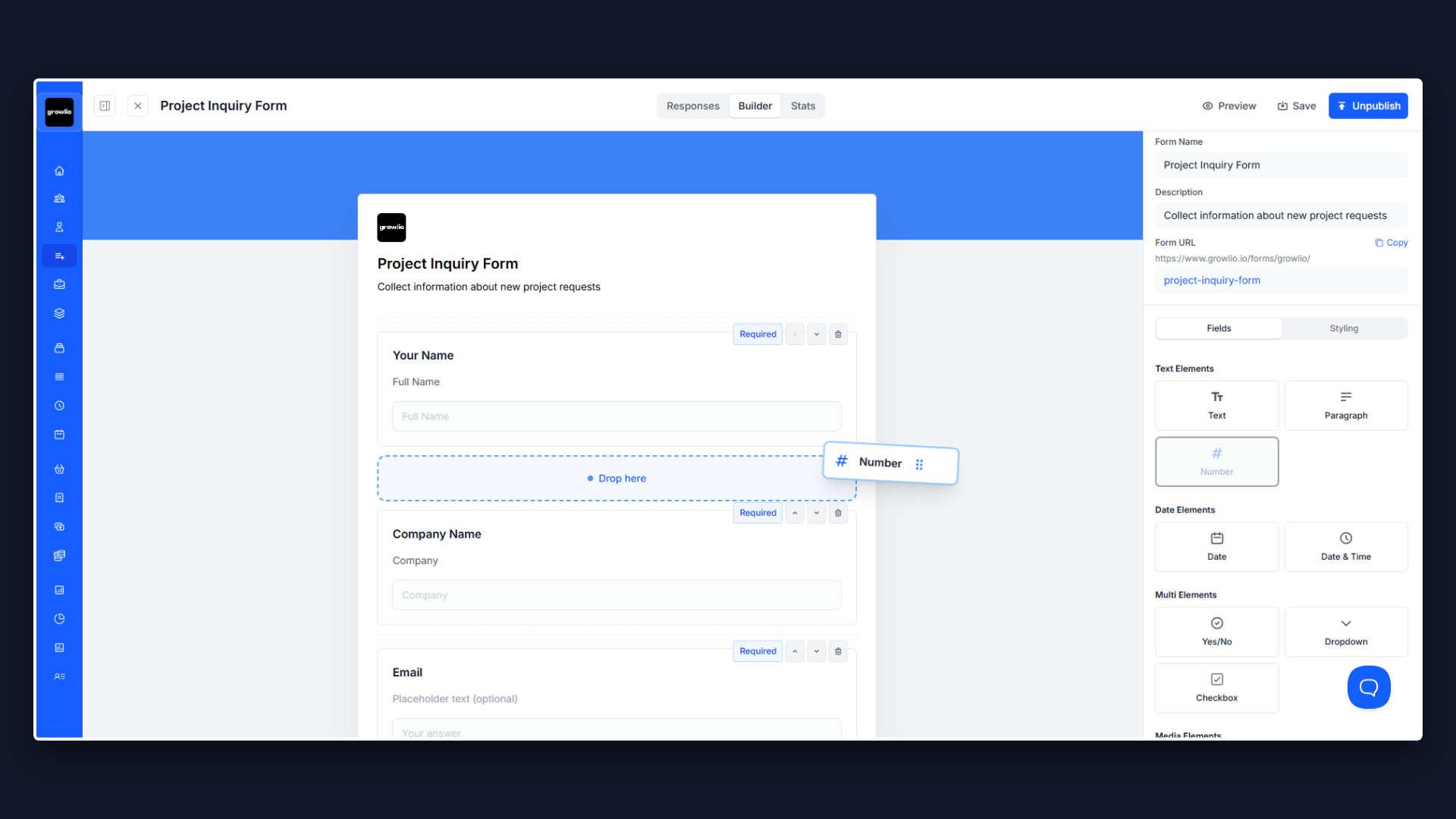Why Your Product Marketing Proposal Makes or Breaks Your Business
Here is what most product marketers get wrong: they lead with tactics like launch plans, blog posts, and email campaigns. They talk about content calendars, social media strategies, and marketing automation before understanding whether the product positioning is even correct or if they are targeting the right audience.
The result? Proposals that read like generic marketing playbooks. Beautiful launch plans for products with unclear value propositions. Sophisticated campaigns targeting the wrong customers. And frustrated clients who wonder why their well-executed marketing generates leads that do not convert or customers who churn quickly.
A professional product marketing proposal does something different: it demonstrates you understand that tactical execution is meaningless without strategic foundation. It educates clients that product marketing starts with positioning, messaging, and market understanding, not campaigns and content. It sets realistic expectations that successful product launches require customer research, not just creative assets.
This template gives you the exact framework to create proposals that win product marketing projects at profitable rates while setting proper expectations for strategic, research-driven product marketing from day one.
1. Start With Market Understanding, Not Marketing Tactics
Before discussing launch plans, content strategies, or campaign tactics, demonstrate you understand the market landscape and target customers. Who is the product really for? What alternatives exist? Why would customers switch? What is the actual competitive differentiation?
Your proposal should show preliminary market research. Reference customer insights if available: target customer segments and their characteristics, jobs to be done that drive purchase decisions, current solutions and their limitations, switching costs and barriers to adoption, competitive landscape and positioning gaps, and willingness to pay and pricing sensitivity.
For example: "Our preliminary research suggests your primary target is mid-market SaaS companies with 50-200 employees currently using a combination of 3-4 point solutions to accomplish what your platform does in one. However, your current messaging positions you as an enterprise solution, which may explain why demo requests skew larger than your ideal customer profile. Before executing campaigns, we recommend validating target segment assumptions and refining positioning accordingly."
This approach immediately shows you prioritize strategic clarity over tactical volume.
2. Positioning and Messaging Foundation
The most common product marketing failure is executing campaigns with unclear or incorrect positioning. Your proposal should emphasize positioning strategy as the critical foundation.
Detail your positioning approach: identifying the specific target customer segment most likely to buy, defining the market category where you want to compete, articulating unique value proposition that resonates with target buyers, establishing competitive differentiation that matters to customers, validating positioning through customer interviews and testing, and documenting positioning framework for organizational alignment.
Explain messaging development: translating positioning into customer-facing language, creating messaging hierarchy from value prop to feature benefits, developing proof points that support key claims, tailoring messaging for different customer segments or use cases, testing messaging resonance through customer conversations, and creating messaging guidelines for consistent communication.
Address why this matters: unclear positioning confuses potential customers, generic messaging fails to differentiate from competitors, misaligned positioning targets wrong customers leading to poor fit, inconsistent messaging across channels dilutes brand, and weak value articulation loses deals to competitors or status quo.
Set expectations: positioning may reveal current strategy is misaligned, messaging that resonates with executives differs from end users, some features you think are differentiators may not matter to customers, and getting positioning right is iterative based on market feedback.
3. Customer Research and Buyer Insights
Great product marketing is built on deep customer understanding, not assumptions. Your proposal should position customer research as ongoing strategic input, not one-time phase.
Outline research methods: customer interviews to understand buying process and decision criteria, win/loss analysis to learn why deals succeed or fail, buyer persona development based on real customer data, customer journey mapping from awareness through advocacy, competitive intelligence gathering from customer perspectives, and voice of customer programs for continuous insights.
Detail specific research activities: interviewing 15-20 current customers about their buying journey, conducting 10-15 win/loss interviews for recent deals, surveying broader customer base for quantitative validation, analyzing support tickets and customer feedback themes, monitoring competitor positioning and messaging evolution, and tracking market trends and category developments.
Explain how research drives strategy: identifying which messages resonate versus fall flat, understanding actual buying process versus assumed journey, discovering unexpected objections or concerns, validating or challenging positioning assumptions, and prioritizing which features or benefits to emphasize.
Set expectations: research will contradict some assumptions, customer perspective differs from internal product team view, buying committee members have different priorities, and ongoing research keeps marketing aligned with evolving needs.
4. Go-to-Market Strategy and Planning
A product is only successful if customers can discover, evaluate, purchase, and adopt it. Your proposal should outline comprehensive go-to-market strategy beyond just launch tactics.
Detail GTM components: target customer segment identification and prioritization, distribution channel strategy for reaching customers, pricing and packaging aligned with value perception, sales enablement for converting pipeline, customer onboarding for driving activation, expansion and upsell strategy for revenue growth, and competitive response planning for market dynamics.
Address GTM for different scenarios: new product launch requiring market education and awareness, feature launch driving adoption among existing customers, market expansion entering new segments or geographies, repositioning changing how market perceives product, and competitive response countering market moves.
Explain channel strategy: determining whether direct sales, product-led growth, channel partners, or hybrid approach fits best, aligning marketing tactics with buying process for chosen channels, enabling sales teams with positioning, messaging, and competitive intelligence, and measuring effectiveness of different channels for optimization.
Set realistic expectations: GTM strategy may reveal current approach is not optimal, some channels will perform better than expected while others disappoint, initial strategy requires iteration based on market response, and successful GTM requires cross-functional alignment beyond just marketing.
5. Product Launch Strategy and Execution
Product launches are high-stakes moments that require strategic planning and coordinated execution. Your proposal should demonstrate launch expertise beyond checking boxes.
Outline launch planning: defining launch goals and success metrics, identifying target audience segments for launch, developing launch positioning and messaging, planning launch timeline and milestones, coordinating cross-functional stakeholders, and establishing contingency plans for issues.
Detail launch activities: pre-launch beta program for validation and testimonials, analyst briefings for industry coverage, press outreach for media coverage, customer communication for existing base, sales enablement for pipeline conversion, partner enablement if applicable, content creation for launch assets, and event or webinar for launch announcement.
Address post-launch: monitoring early adoption and feedback, rapid response to issues or concerns, capturing and sharing early wins and testimonials, analyzing launch performance against goals, and planning follow-up campaigns to sustain momentum.
Set expectations: launches rarely go perfectly according to plan, early feedback drives rapid iteration, some launch tactics will over-perform while others underperform, measuring impact takes time beyond launch week, and successful launches require months of preparation not just execution week.
6. Sales Enablement and Pipeline Support
Product marketing must equip sales to win deals. Your proposal should address sales enablement as core responsibility, not afterthought.
Detail enablement deliverables: pitch deck telling compelling product story, competitive battle cards for handling objections, demo script highlighting key value props, case studies and proof points for credibility, ROI calculator or value framework, objection handling guide for common concerns, pricing and packaging guidance, and customer references and testimonials.
Explain enablement approach: collaborating with sales to understand their needs, participating in sales calls to learn buyer questions, creating materials sales will actually use not ignore, training sales team on positioning and messaging, maintaining content based on market feedback, and measuring enablement effectiveness through win rates and deal velocity.
Address ongoing support: weekly or monthly competitive intelligence updates, new customer case studies and testimonials, battle cards for new competitors entering market, updated messaging based on what resonates, sales feedback loops for continuous improvement, and participation in key deals for strategic support.
Set expectations: sales adoption of materials takes training and reinforcement, some materials will be used heavily while others ignored, sales feedback reveals gaps in positioning or messaging, and enablement is ongoing not one-time delivery.
7. Content Strategy and Thought Leadership
Content drives product awareness, education, and demand generation. Your proposal should outline strategic content approach aligned with buyer journey.
Detail content strategy: mapping content to buyer journey stages (awareness, consideration, decision), identifying key topics that resonate with target audience, establishing thought leadership in relevant categories, creating content that educates versus just promotes, planning content calendar aligned with business goals, and measuring content effectiveness through engagement and conversion.
Outline content types: blog posts for SEO and thought leadership, whitepapers and ebooks for lead generation, case studies demonstrating customer success, webinars for product education and engagement, videos for demo and storytelling, podcasts for industry conversation, and social content for community building.
Explain content prioritization: focusing on content that drives business goals not just volume, balancing evergreen content with timely pieces, creating depth on key topics versus surface coverage of many, and repurposing content across multiple formats and channels.
Set expectations: quality beats quantity in content impact, content ROI takes time to manifest through SEO and authority, not all content performs equally, and content strategy evolves based on what resonates with audience.
8. Customer Adoption and Feature Launch
For existing products, driving adoption of new features among current customers is critical. Your proposal should address in-product marketing and customer engagement.
Detail adoption strategy: identifying which customers would benefit most from new features, developing feature positioning and messaging for existing base, planning rollout communication and education, creating in-app messaging and onboarding flows, training customer success on new capabilities, measuring adoption rates and identifying barriers, and iterating based on customer feedback.
Explain feature launch approach: beta programs with engaged customers for validation, tiered rollout to manage support load and gather feedback, email campaigns announcing new capabilities, in-app tooltips and guides for discovery, webinars or videos demonstrating use cases, customer success outreach for high-value accounts, and measuring feature adoption and impact.
Address adoption challenges: customers resist change even when beneficial, existing workflows create inertia, poor onboarding leads to confusion and abandonment, and value must be demonstrated not just announced.
Set expectations: adoption takes time and requires ongoing communication, some features will be adopted faster than others, customer feedback drives feature iteration, and measuring adoption reveals opportunities for improvement.
9. Competitive Intelligence and Market Monitoring
Markets evolve constantly. Your proposal should position competitive intelligence as ongoing strategic input, not one-time analysis.
Outline intelligence gathering: monitoring competitor product changes and launches, tracking competitor messaging and positioning shifts, analyzing competitor pricing and packaging changes, gathering win/loss intelligence from sales conversations, monitoring review sites and customer sentiment, tracking funding, partnerships, and market moves, and synthesizing intelligence into actionable insights.
Detail competitive analysis: identifying true competitive threats versus noise, understanding competitor strengths and weaknesses, mapping competitive positioning landscape, analyzing competitor go-to-market strategies, and identifying competitive opportunities and vulnerabilities.
Explain how intelligence drives action: updating battle cards with new competitor information, adjusting messaging to counter competitive claims, identifying features or capabilities to prioritize, informing pricing and packaging decisions, and preparing sales team for competitive situations.
Set expectations: competitive landscape shifts constantly requiring vigilance, not all competitor moves require response, focusing on differentiation beats copying competitors, and customer perspective on competition often differs from internal view.
10. Pricing and Packaging Strategy
Pricing and packaging are marketing decisions that dramatically impact revenue. Your proposal should address pricing strategy as core product marketing responsibility.
Detail pricing approach: researching willingness to pay and price sensitivity, analyzing competitive pricing and positioning, determining value metric for pricing model, developing packaging tiers aligned with customer segments, testing pricing with customers and prospects, and establishing pricing strategy and guidelines.
Explain packaging strategy: identifying features for different pricing tiers, ensuring clear differentiation between packages, aligning packaging with target customer segments, planning upgrade paths for expansion revenue, considering enterprise versus self-serve pricing, and balancing simplicity with revenue optimization.
Address pricing psychology: anchoring and framing for value perception, removing price objections through packaging options, annual versus monthly pricing incentives, and trial or freemium considerations for acquisition.
Set expectations: pricing is never perfect and requires iteration, some customers will always want more for less, packaging complexity confuses buyers, and pricing changes require careful communication and change management.
11. Metrics, Analytics, and Performance Measurement
Product marketing impact must be measurable. Your proposal should establish clear metrics and reporting from the start.
Define product marketing metrics: product awareness in target market, product consideration and evaluation rates, win rates and deal velocity, average deal size and revenue per customer, feature adoption rates, customer retention and churn, net promoter score and satisfaction, and pipeline contribution from marketing.
Explain measurement approach: establishing baseline metrics before initiatives, setting realistic goals for improvement, tracking leading indicators not just lagging results, analyzing cohorts for retention and expansion, surveying customers for qualitative feedback, and connecting metrics to business outcomes.
Address attribution challenges: product marketing impact is often indirect through sales, long sales cycles make immediate attribution difficult, brand and awareness effects accumulate over time, and multiple touchpoints contribute to conversions.
Set realistic expectations: some metrics improve quickly while others take quarters, market conditions affect performance beyond marketing control, measuring true impact requires proper analytics setup, and continuous optimization beats one-time campaigns.
12. Organizational Alignment and Stakeholder Management
Product marketing sits at the intersection of product, sales, and marketing. Your proposal should address cross-functional collaboration as critical success factor.
Detail alignment approach: establishing regular touchpoints with product team, collaborating with sales on positioning and enablement, coordinating with demand gen on campaigns, working with customer success on adoption, aligning with executives on strategy and goals, and facilitating cross-functional product launches.
Explain stakeholder management: gathering input from diverse perspectives, building consensus on positioning and messaging, managing conflicting priorities and constraints, communicating progress and results transparently, and setting realistic expectations across organization.
Address common alignment challenges: product teams build features customers do not request, sales wants different messaging than marketing recommends, demand gen prioritizes volume over qualified pipeline, customer success sees issues marketing misses, and executives want faster results than realistic.
Set expectations: alignment takes ongoing effort not one-time kickoff, disagreements reveal valuable perspectives to consider, perfect consensus is impossible and unnecessary, clear ownership prevents endless debate, and successful product marketing requires collaborative approach.
